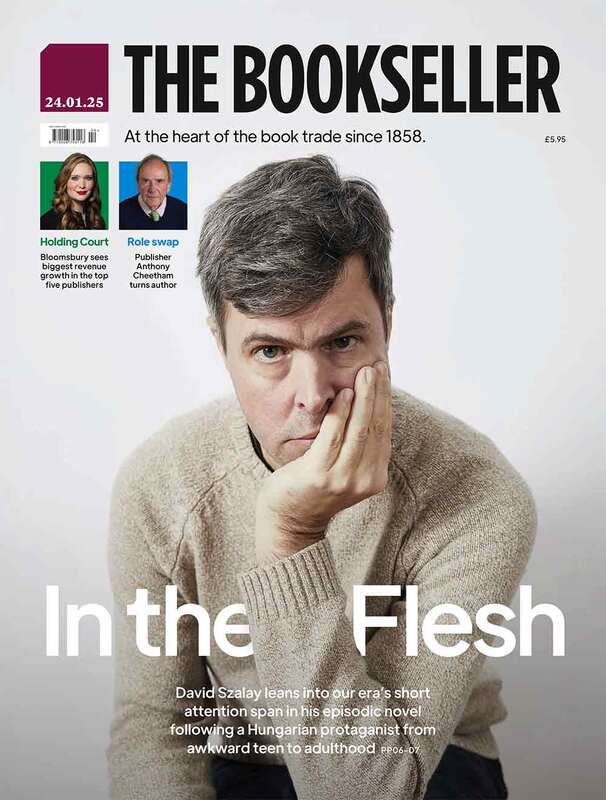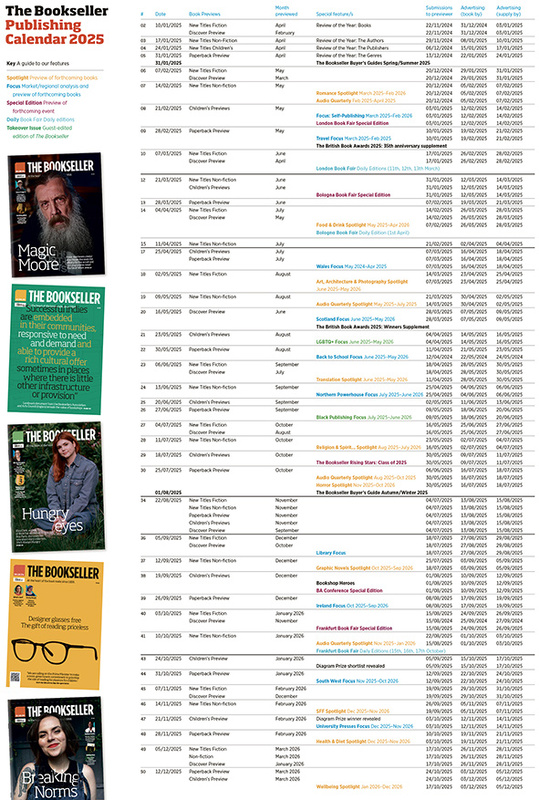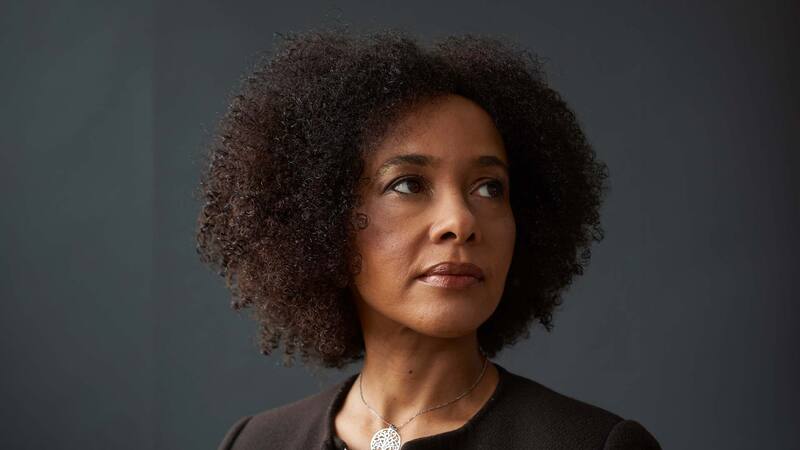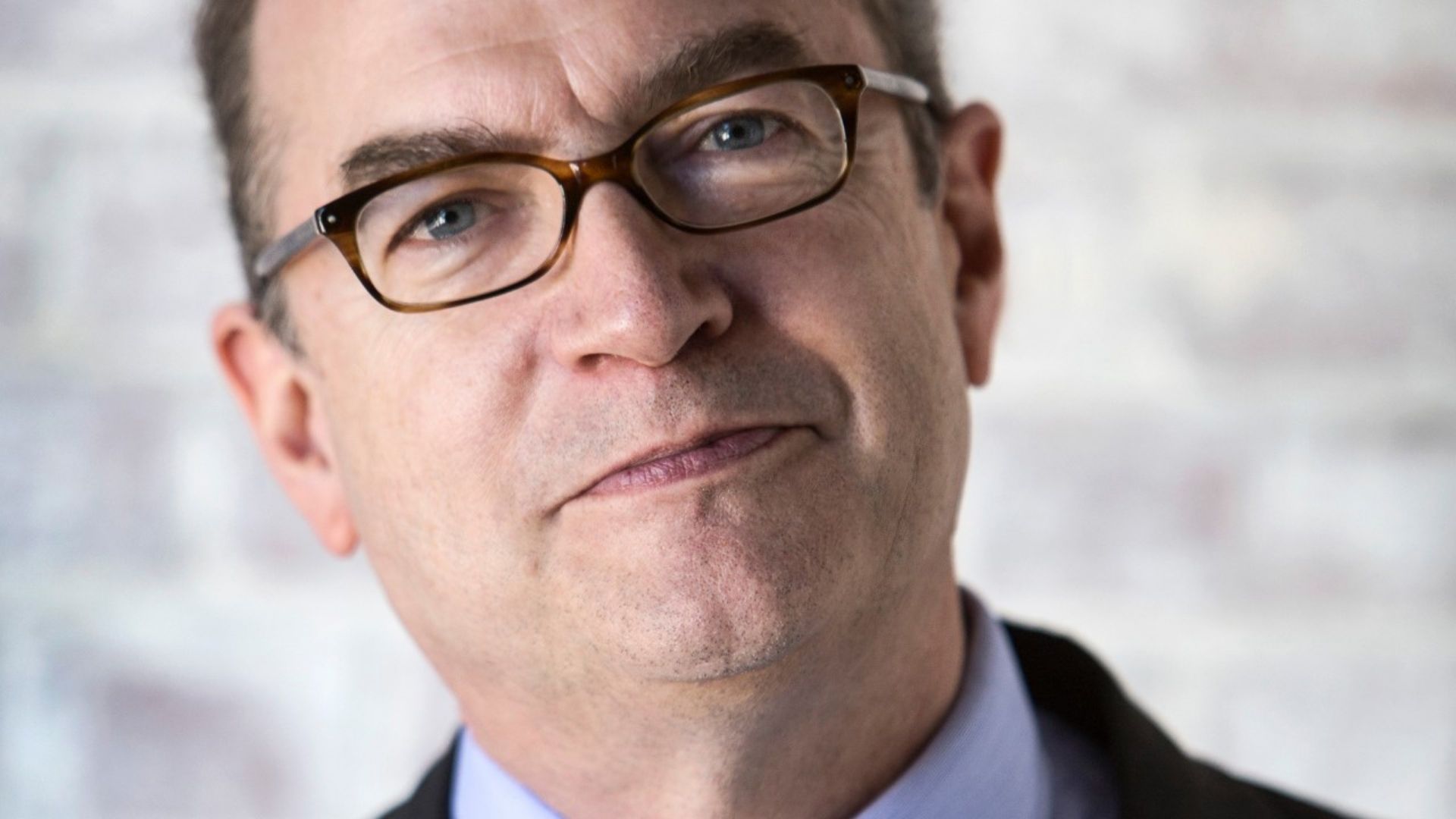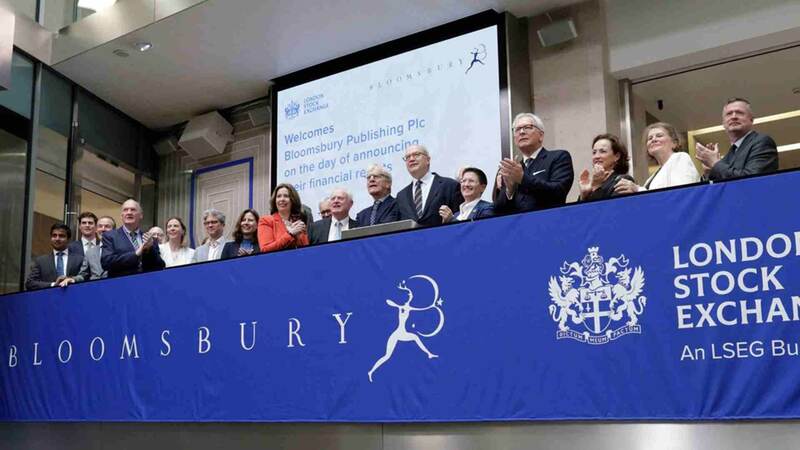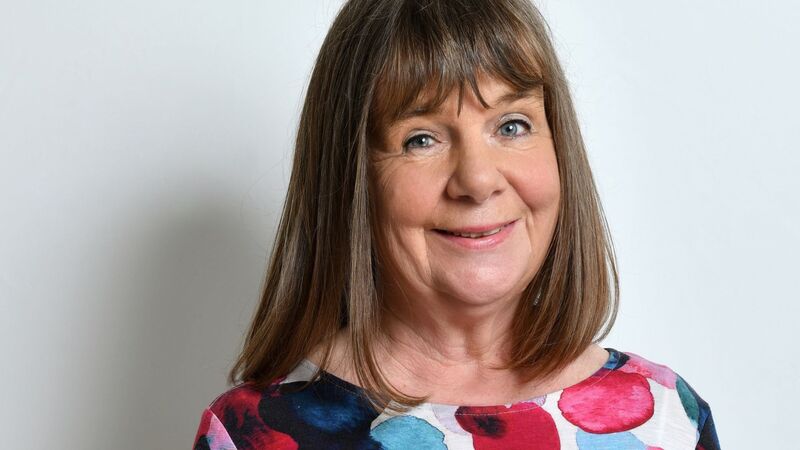You are viewing your 1 free article this month. Login to read more articles.
Pearson reports 21% mean gender pay gap
Pearson has filed its gender pay gap report ahead of new government regulations, showing its overall median gender pay gap in 2017 was 15%, while the mean gap was 21%.
The company said the data has helped it to understand "the scale of the challenge" before it, with the company currently "working hard to narrow the gap".
Pearson's analysis of the findings for the year ended April 2017 suggested its gender pay gap in the UK was primarily a result of having fewer women in senior level roles.
The UK government's new legislation requires companies with 250 or more employees to annually report the median and mean percentage difference in hourly pay and average pay between men and women, along with the difference in bonus awards.
Referring to different types of average, median is the figure that falls in middle of all employees' salaries from lowest to highest paid, while the mean is calculated by dividing the total wages of a company by its number of staff.
Pearson reported its median gender bonus gap for its businesses in Great Britain was 18%, while the mean was 52%. This is because there were fewer women in senior bonus-eligible roles during the time period the report refers to, the company said. In terms of eligibility, the proportion of men and women receiving a bonus was largely equal.
Although the company stressed gender was not a factor in salary determination at Pearson, chief human resources officer Anna Vikström Persson said the report results had helped the company to realise it "could be be doing more" to tackle inequality.
Following the findings, Pearson said in its report the company was "already working on ways to better support women to realise their full potential and progress into the most senior roles, helping to develop a much stronger pipeline of diverse leaders".
Its Talent team is looking at how to make more high-level career progression opportunities available for women and ensure all leadership development programmes were as diverse as possible. It has commissioned a study with an external organisation, too, to help it to understand the challenges for women progressing to and beyond director level within its organisations in the UK.
The company has also made an additional voluntary commitment to extend gender pay reporting globally by 2020.
"As we began our analysis in preparation for our own report, we realised that, as part of our commitment to reducing inequality, we could be doing more. The report results help illustrate where we see challenges. We must improve diversity and inclusion across our businesses," said Vikström Persson.
"Pearson is a company with a social mission: to help people progress in their lives through learning. That mission, along with our core values, is what defines us. We are committed to helping to reduce inequality, and value the unique skills, perspectives, and backgrounds of our employees. We want to ensure our environment is inclusive, to allow each individual to shine. We have made the commitment to extend gender pay reporting globally by 2020.
"We value the unique skills, perspectives, and backgrounds of our employees The more diverse our people and inclusive our culture, the better we can be at meeting the needs of our customers and learners around the world."
According to data collected by the Office for National Statistics last April, the national average gender pay gap (full and part-time workers) is 18.4% for median earnings and 17.4% for mean earnings.
Earlier this month the British Library revealed a mean gender pay gap of 6.2%.
The deadline for all businesses of 250 employees or more to report on the gender pay gap is 4th April 2018.


